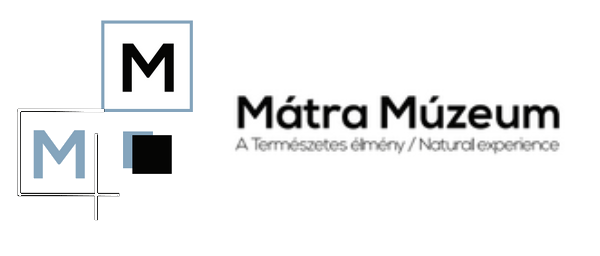MIOCENE SEA AND VOLCANO
Entering into the second room of the exhibition, the visitor is greeted by a scene that is much better to experience in a museum while watching an animation film than to experience it live. The eruption of a volcano can be watched.
The room offers many interactive programs and games to help imagine what marine life could be like in ancient geological times. How the currently living plants and animals have adapted to the living conditions of the oceans and seas. We can find out what a person needs to be mindful of when diving and wanting to discover the mysterious world that covers a great part of the surface of our planet. Caution is important, because we know the surface of the Moon better than the life of our deep seas.
Who devotes enough time can find out what coral sand is and what it has to do with parrot fish. It also turns out which one is easier for a clownfish: to change gender or to change property, or which is the deep-sea animal the female of which has a “built-in” male.
It turns out which mammal dives deepest and which fish was filmed in a depth of more than 8,000 meters by the researchers. The brave ones can test how familiar they are with the sounds of seaside and sea animals.
In this room, we can also witness the eruption of a volcano and find out which areas of the Earth are geologically active. We are surprised to see how many natural wonders we owe to volcanism and the volcanic after-operation.
Entering into the third room, we arrive from the hot world of volcanoes to the world of icing and polar ice caps. The room reveals when there was an ice age on the Earth, whether or not we are currently living in an ice age and what effect climate change had on the wildlife of the planet.
We can learn about the evolution of equines and their “adventurous” wandering throughout the continents. We will also get to know how climate change and sea water levels have influenced this development.
